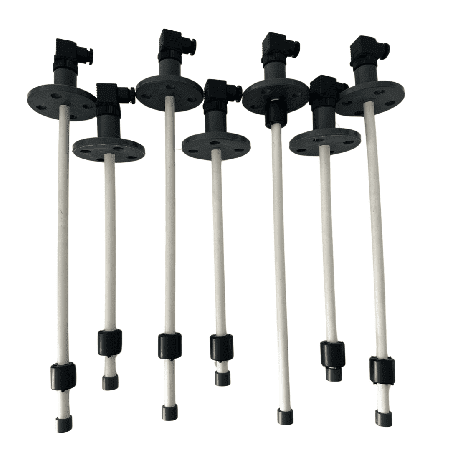Comprehensive Guide to Liquid Level Transmitters
Introduction to Liquid Level Transmitters
Liquid level transmitters are essential devices in industrial settings for accurately measuring and controlling liquid levels in various containers and vessels. These instruments provide reliable data that enhances process efficiency, safety, and automation.
Applications of Liquid Level Transmitters
Liquid level transmitters are widely used across several industries due to their versatility and reliability. Key applications include:
- Chemical Processing: Ensuring proper mixing and reactions by monitoring liquid levels in reactors and storage tanks. Precise measurements help in maintaining the quality and consistency of chemical products.
- Water Treatment: Monitoring and controlling water levels in treatment plants, tanks, and reservoirs to ensure efficient water management and treatment processes.
- Food and Beverage: Maintaining accurate liquid levels in production lines to ensure quality control and consistency in food and beverage products. This is critical for processes such as brewing, bottling, and mixing.
- Oil and Gas: Managing storage and transportation processes by monitoring liquid levels in storage tanks, pipelines, and transport vessels. Accurate measurements are essential for safety and efficiency in the oil and gas industry.

Benefits of Using Liquid Level Transmitters
Implementing liquid level transmitters in industrial processes offers several significant benefits:
- Accuracy: These devices provide precise measurements, reducing the risk of errors that can lead to costly mistakes or inefficiencies in production.
- Reliability: Designed to withstand harsh industrial environments, liquid level transmitters are durable and provide consistent performance over time.
- Automation: They can be integrated with control systems to automate processes, improving efficiency and reducing the need for manual intervention.
- Cost-effective: By enhancing process efficiency and reducing manual labor, liquid level transmitters contribute to cost savings and improved operational performance.
Choosing the Right Liquid Level Transmitter
Selecting the appropriate liquid level transmitter for your specific application involves considering several key factors:
- Type of Liquid: Different liquids, such as corrosive chemicals, viscous fluids, or clean water, may require specific types of transmitters.
- Environment: The operating environment, including temperature, pressure, and the presence of hazardous conditions, should be considered to ensure the transmitter's durability and reliability.
- Accuracy Requirements: Depending on the precision needed for your processes, choose a transmitter that meets the required accuracy levels.
- Integration Capabilities: Ensure the transmitter is compatible with existing control systems and can be easily integrated into your current setup.
Common Types of Liquid Level Transmitters
There are various types of liquid level transmitters, each suited for different applications:
- Ultrasonic Level Transmitters: Use sound waves to measure liquid levels. These are ideal for non-contact applications and can be used in various industries.
- Capacitive Level Transmitters: Measure changes in capacitance caused by the liquid. Suitable for liquids with varying dielectric constants and are often used in chemical and pharmaceutical industries.
- Hydrostatic Level Transmitters: Utilize pressure sensors to determine the liquid level based on the hydrostatic pressure. Commonly used in water treatment and wastewater management.
- Magnetic Level Transmitters: Use magnetic fields to track liquid levels. These are highly reliable and are often used in oil and gas, chemical processing, and food and beverage industries.
Maintenance and Calibration of Liquid Level Transmitters
Regular maintenance and calibration are crucial to ensuring the longevity and accuracy of liquid level transmitters. Proper maintenance involves:
- Routine Inspections: Regularly check for any signs of wear or damage.
- Cleaning: Ensure the sensors and transmitter components are clean and free from any build-up or debris.
- Calibration: Follow the manufacturer's guidelines for calibration to maintain measurement accuracy. This typically involves comparing the transmitter readings with known standards and making necessary adjustments.
- Software Updates: Keep the transmitter's firmware and software updated to benefit from the latest features and improvements.
Conclusion
Liquid level transmitters are indispensable tools in various industries due to their precision, reliability, and ability to enhance automation. By understanding their applications, benefits, and selection criteria, you can make informed decisions to improve your industrial processes.
For more information on liquid level transmitters, visit our products page.
At RST Electronic, we are dedicated to providing top-quality measurement and control solutions for various industries. Our extensive range of products includes liquid level transmitters, flow meters, and automation systems designed to enhance operational efficiency and reliability. With a commitment to innovation and customer satisfaction, we strive to deliver the best solutions tailored to your specific needs.
For personalized assistance or to learn more about our products and services, please contact us. Our expert team is here to help you find the right solutions for your industrial applications.

